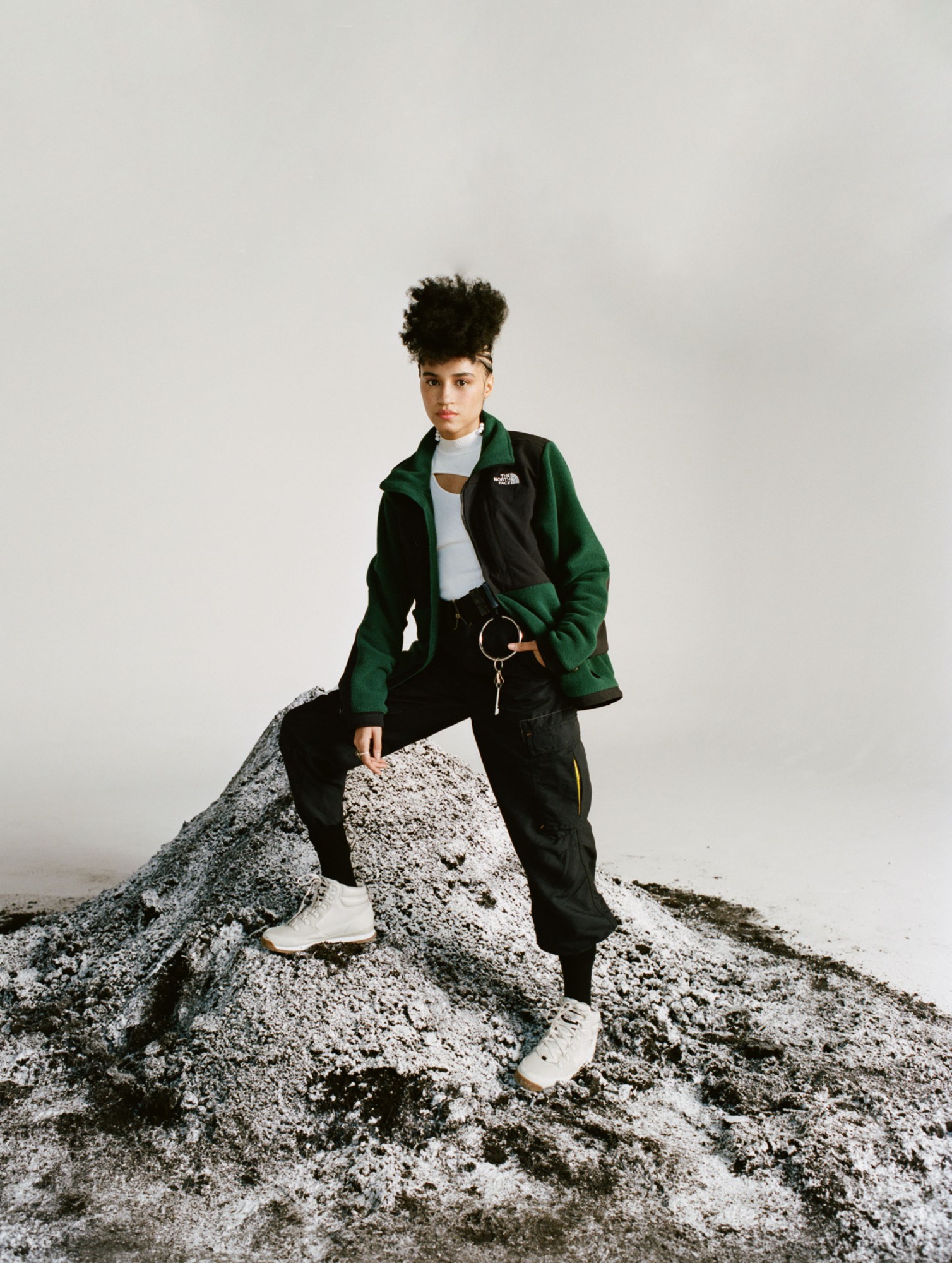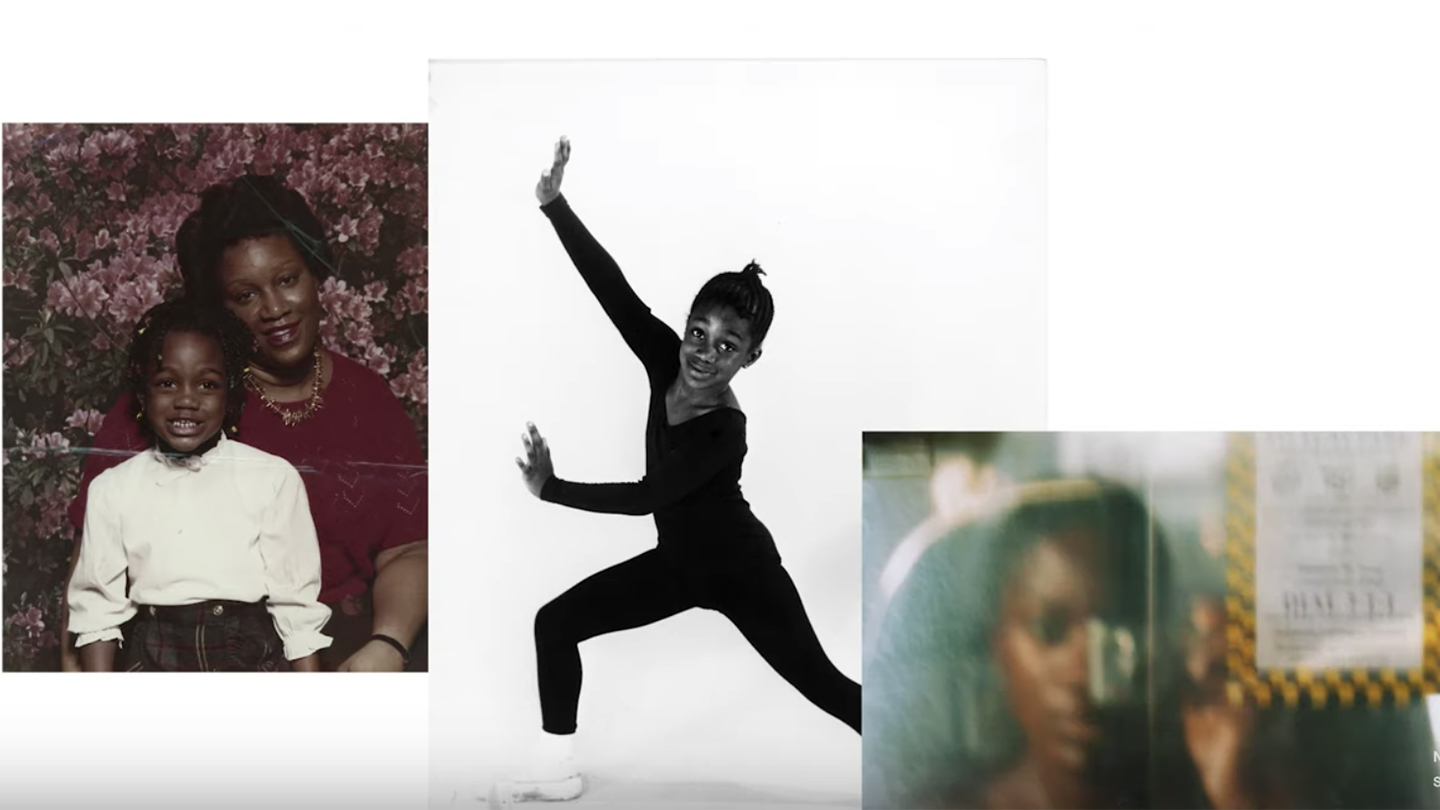Growing up on New York’s Upper West Side, Shaniqwa Jarvis’ mother, Justine Elliott, insisted that her only child be immersed in whatever creative opportunities came her way. “My thing was to involve this kid in every bit of creativity,” says Justine in her new campaign film for The North Face. This included everything from reading to creative writing classes; to piano lessons and beyond.
Though Shaniqwa may have rather been hanging with her friends at the time, looking back, she’s come to realise just how important her mother’s persistence was in shaping her as the creative she is today. Now with over 20 years of industry experience under her belt, shooting campaigns for Supreme, as well as portraits of Janelle Monáe and Cardi B, Shaniqwa has risen the ranks in the face of adversity to become one of the industry’s esteemed image-makers. It’s no surprise, then, that The North Face enlisted the New York native to shoot and creative direct their latest campaign, comprising of a film documenting her rise, and a series of images that sees a cast diverse in age, race and gender shot in the brand’s iconic 95 Retro Denali jacket, a piece she once wore and loved herself.
To toast the campaign’s release, we caught up with Saniqwa to learn a little more of the stories her latest work has to tell.
Your mother features pretty centrally in the film: it’s her voice that we can hear in the voiceover, isn’t it? Why did you want to include her in this project?
Yes, that’s right! She’s such an inspirational figure and has a huge influence on my life — obviously, because she’s my mom. But she was particularly important for my creative development. She was a single mom raising a black child in New York City, working all the time. She was like “I’m not about to have you out in these streets whiling. I want you to be the best that you can be.” As a kid, I wasn’t always happy to go to piano lessons or creative writing classes instead of hanging with my friends, but looking back, all of those things are what powered me through the day. I wanted to make sure that I could give her flowers, so to speak, while she’s still here.
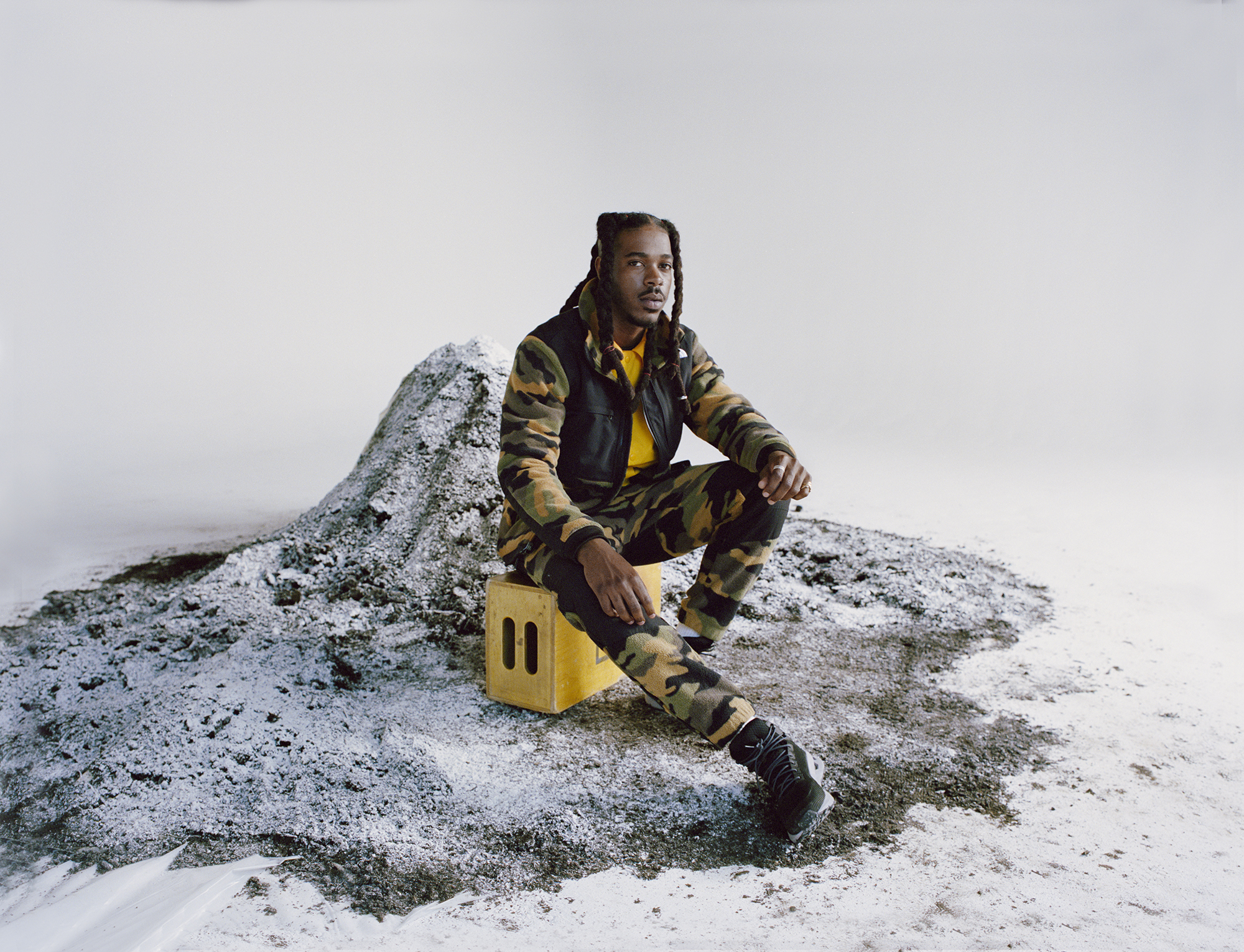
The film also features archival stills and camcorder footage from your childhood. How did that come about?
There’s actually a funny backstory to it all. When The North Face first approached me about making this film, they were going to have another person direct it and have me tell my story directly. The thing is, though, I’m incredibly shy and didn’t want to actually be in a film. So the best way around that was to tell my story through imagery and avoid the need for me to actually be in it. That was the impetus of me wanting to use the archival footage that I had, but I also felt it was just super important to show how long I’ve been documenting — it’s great to show that I’ve been doing all of this stuff for more than 30 years. I just wanted those that look at me, those interested in how my creativity as an artist has grown, to see where it all started. I think it’s really important as creatives to show where we’ve come from and the things that have lead us to make the work we do.
Even in my early photography, from the age of eight, I can see that I always centred people and always had a particular sort of composition going on. That’s not to say that they were great photos, but I can see that I’ve always been making the same sort of image. In the film, there’s also footage from a family trip to Senegal I hadn’t seen before; I had to dig it out and digitise it. I hadn’t actually heard my own voice before, so it was interesting to think about who that girl was then and what she was thinking about.
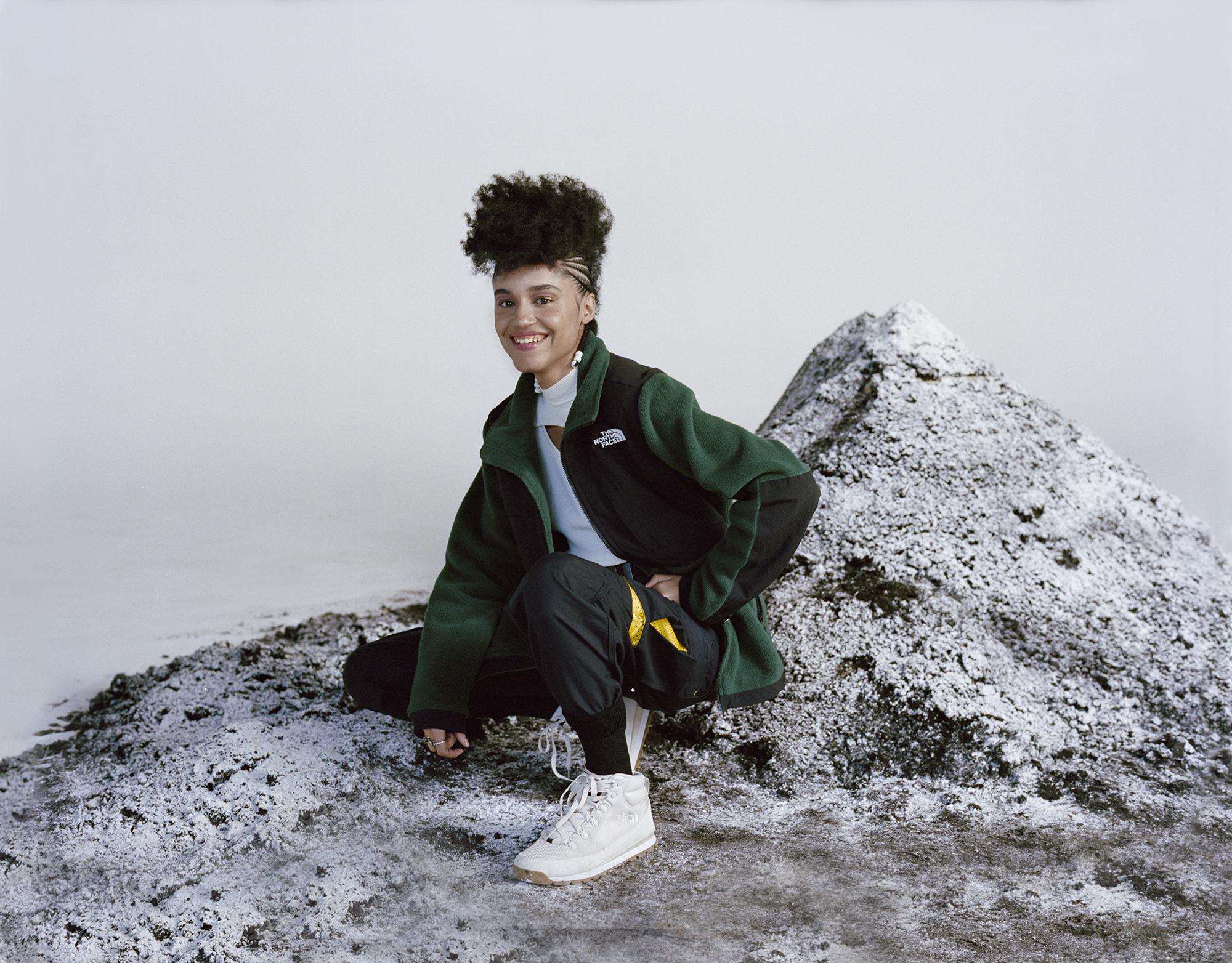
Was that your first experience of making images?
I remember it feeling like a really important moment. We’d travelled a bunch before that trip, but my mum would never allow me to hold the camcorder. My mum and my dad were always taking photos of “moments” — parties, for example — so I think I was always aware of how to build visual language through my family. But that trip was particularly important as I felt the significance of where we were, and of my mother handing over this massive camcorder to document the trip. It felt like a real moment of responsibility, something that I had to get right.
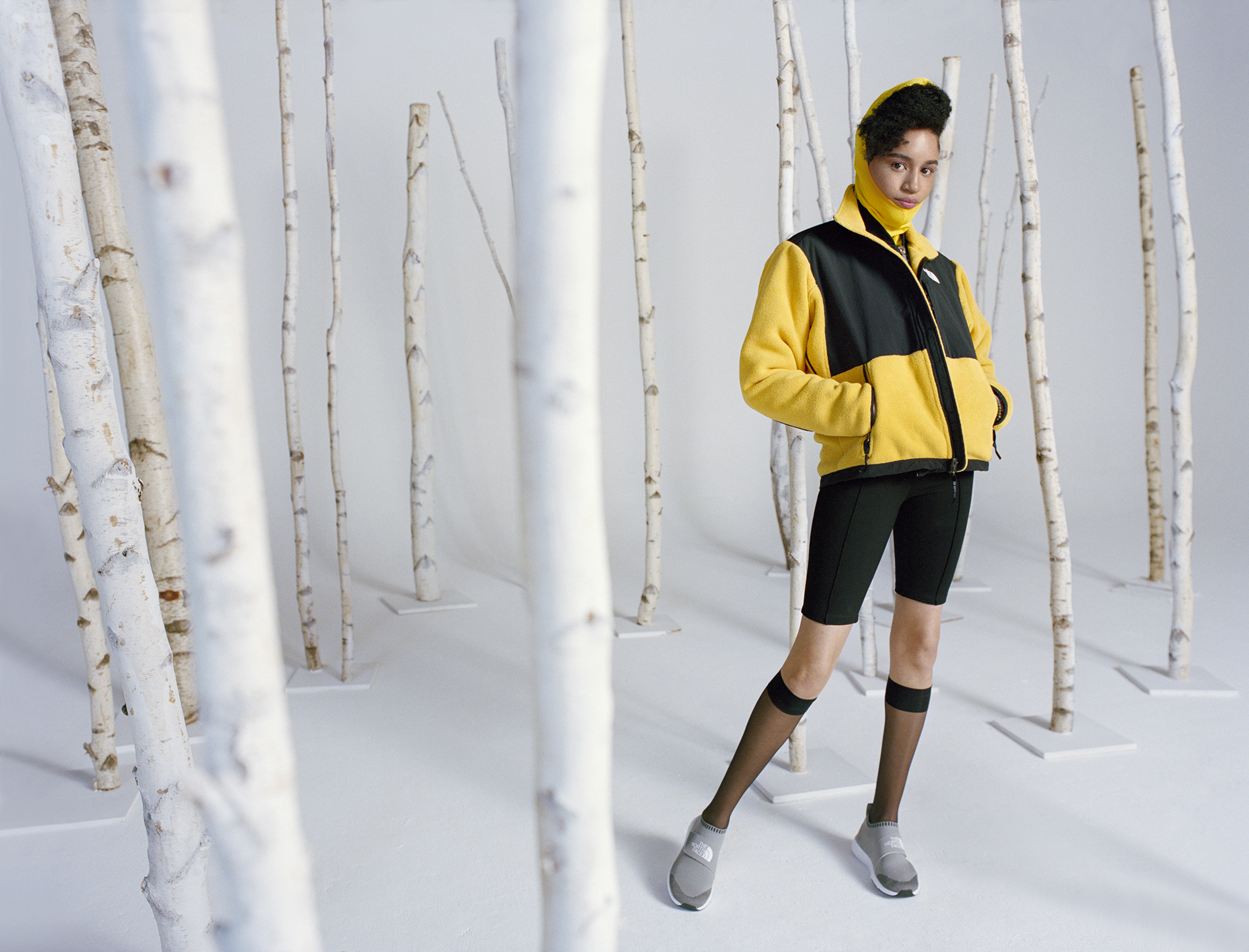
Your experience has been a pretty international one. How has travel shaped your approach to photography?
I think travel has allowed me to be super open. It’s one thing when your family teaches you to love and accept everyone, and it’s another when you go out and live among other people and cultures; you quickly realise how similar but different we are, and to love and respect all of that. I love that I’m a part of a global community; it’s really shifted who I am and how I see things.
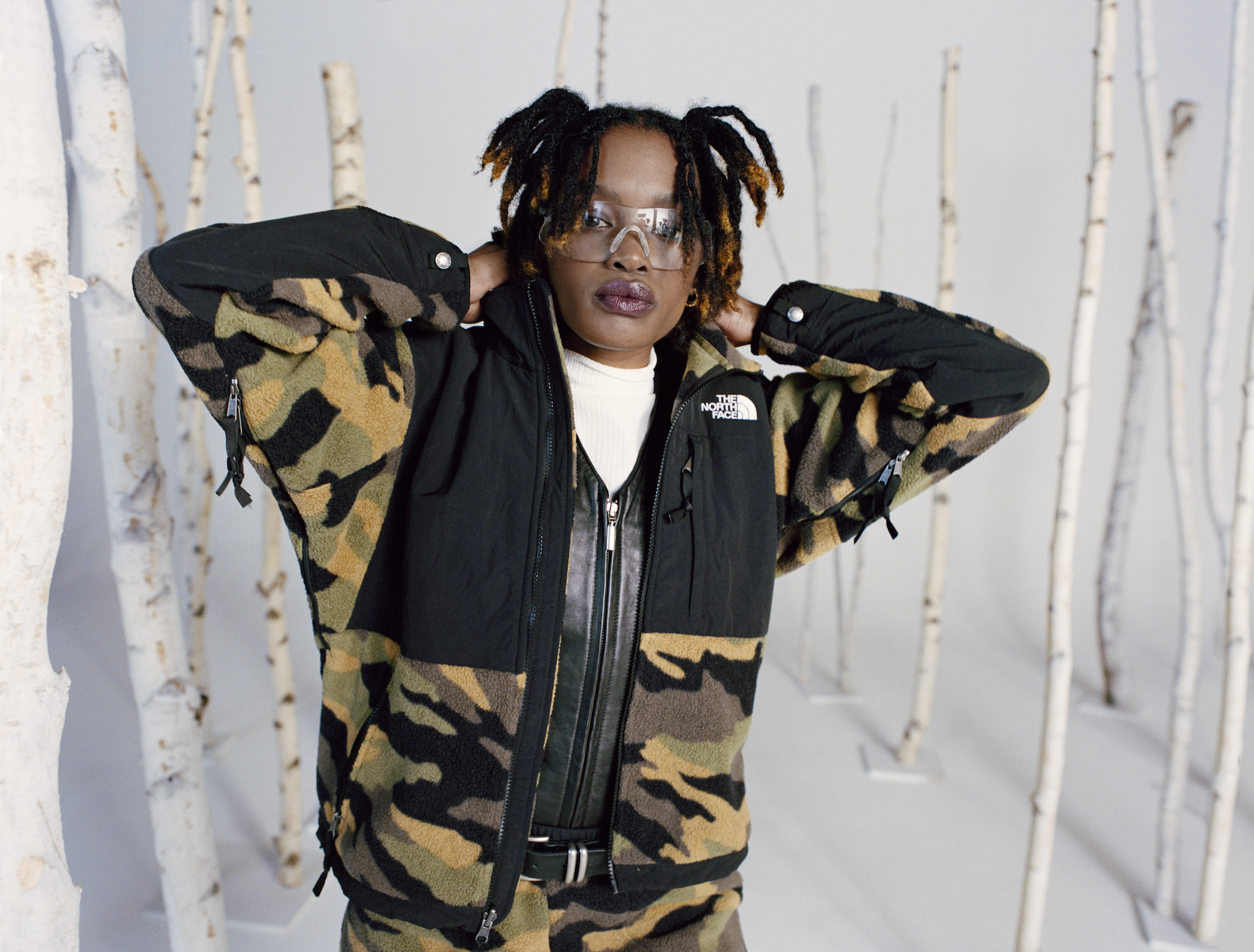
Your photographic style has a sense of being oddly familiar yet original. How did you bring that to this campaign for The North Face?
This campaign was great to work on as I was asked to come on both to creative-direct and shoot. I was able to fully materialise the image I had in my head of what the Denali jacket means today. For me, the Denali is a jacket that I’ve worn since I was in high school and early college. I wore it all the time until it was stolen from me, as kids did back in the day. I think I was trying to connect to the question, “What is New York?”, as well as to their slogan “Never Stop Exploring”. I wanted to bring that all together and give a true, honest depiction of what a New York City kid wearing North Face today would look like.
You’ve previously called out racism and sexism in the industry. What’s your take on the current state of affairs, especially for those behind the camera?
Having worked in this industry in different iterations for the past 20-plus years, I’ve seen so many things happen. There have been situations where I’ve loved what’s happening, all of these people speaking out, seeing all of these doors being kicked open and people being pulled through. That said, I do think that we’re currently in a weird time. I don’t know if all the good that’s currently being done is just a little blip, or if it’s here to stay. There’s so much work that still needs to be done because there aren’t enough of our stories being put out there. There are these little narratives, but what I do is raise up and bring up other people who either look like me or feel like me, because it’s so important that blackness isn’t just told through a white lens. That’s why I made this film about my mom, and about my coming-up; we don’t celebrate that enough, especially as black women. And I feel that if I can keep pushing in this subtle way, it’ll become the norm.

